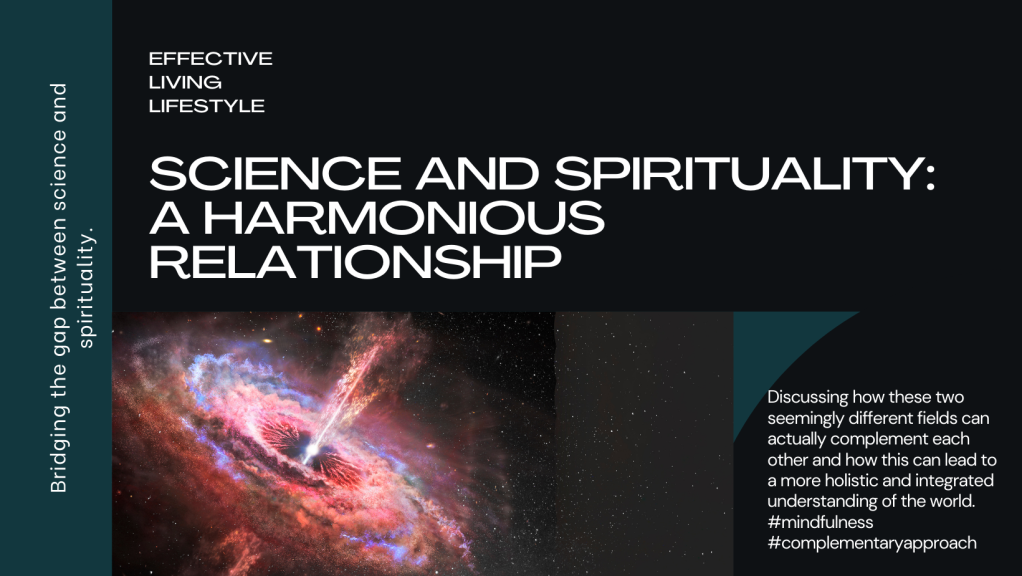In recent times, a significant shift in spiritual preferences and practices is becoming more apparent. Many individuals are exploring alternative spiritual paths outside traditional religious frameworks. These alternative practices, often perceived as unconventional or esoteric, are gaining increased visibility and popularity, challenging the boundaries of spirituality as we know it.
The Rising Visibility of Alternative Spiritual Practices
1. Exploring Diversity
Alternative spiritual practices encompass a broad spectrum of belief systems, such as Wicca, paganism, energy healing, astrology, and many others. These practices offer individuals diverse avenues to explore spiritual realms beyond conventional religious doctrines.
2. Increased Acceptance
Unlike earlier times when these practices were often marginalized, there’s a growing acceptance and visibility of alternative spiritual beliefs. Modern society is becoming more open to understanding and respecting the diverse spiritual paths individuals choose to follow.

3. Social Media and Pop Culture
The rise of social media and popular culture has played a significant role in amplifying the visibility of these practices. Platforms like Instagram and TikTok, along with the influence of TV shows, movies, and literature, have portrayed these practices in a more positive and accessible light.
The Appeal of Alternative Spiritual Practices
1. Individualized and Personalized
One of the key appeals is the personalization and individual nature of these spiritual paths. Alternative practices often encourage individuals to tailor their spirituality to fit their unique beliefs and experiences.
2. Connection to Nature
Many alternative spiritual practices emphasize a profound connection to nature and the elements. This relationship with the natural world offers adherent sense of grounding, tranquility, and harmony.
3. Inclusivity and Empowerment
These practices often focus on inclusion, welcoming diverse communities, and providing a space for empowerment, especially for marginalized groups and those seeking a sense of belonging.
The Challenges and Misconceptions
1. Stigma and Misunderstanding
Despite growing acceptance, alternative spiritual practices still face stigmatization and misunderstanding. They are often subject to misconceptions and stereotypes due to their deviation from mainstream religious beliefs.
2. Striking a Balance
One challenge faced by individuals on these paths is finding a balance between maintaining traditional practices and integrating them into a modern, fast-paced lifestyle.
3. Lack of Official Recognition
In many regions, these practices lack official recognition and are not afforded the same legal and societal privileges as established religions, leading to potential discrimination.
Conclusion
The visibility and growing popularity of alternative spiritual practices mark a significant shift in how individuals approach spirituality in the modern world. Embracing these paths is not merely a departure from conventional religious structures; it’s an assertion of personal agency, offering an avenue for self-exploration, inclusivity, and a connection to the mystical realms of existence.






Please Leave a Comment